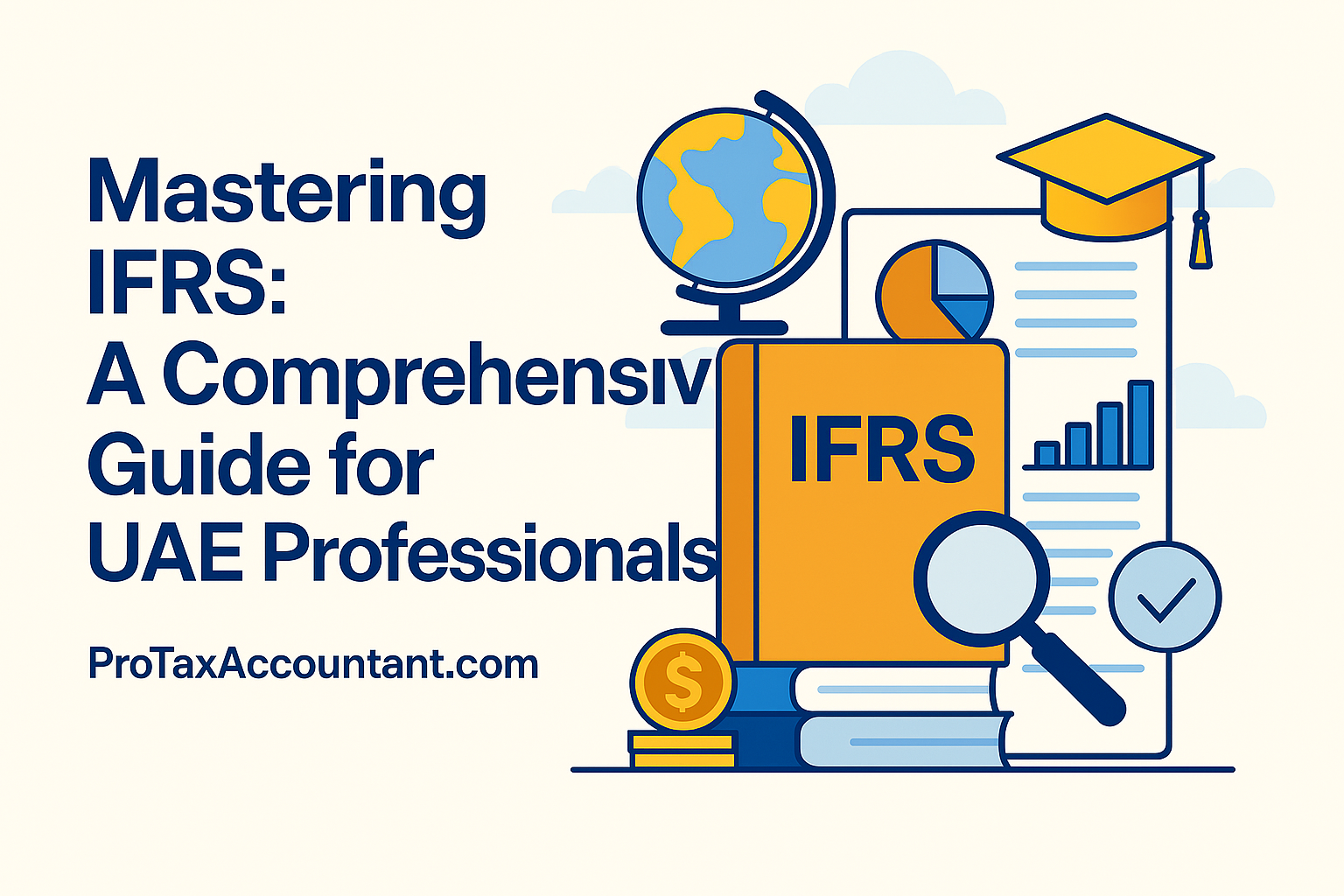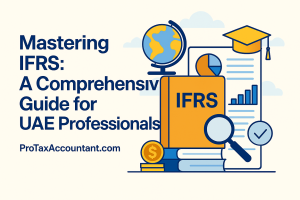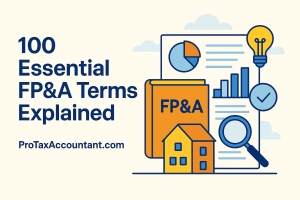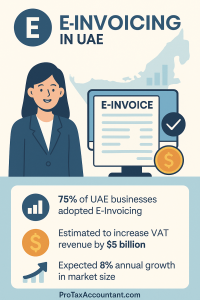Let’s enhance each step of the month-end close process by incorporating a trading business example.
This will help clarify how each step applies in a real-world context, making it easier for small business owners to understand.
What is Month-End Close?
Month-end close is a financial accounting process that businesses use to finalize their financial records at the end of each month.
Think of it as a monthly check-up for your finances. Just like you would visit a doctor for a health check, your business needs this regular review to ensure everything is functioning properly.
Why Should Every Business Owner Care?
Accuracy: This process ensures that your financial records are accurate and up-to-date. Accurate records are crucial for making informed business decisions.
Compliance: It helps you comply with regulatory requirements and accounting standards, reducing the risk of penalties.
Transparency: A clear view of your financial health is essential for stakeholders like investors and lenders.
“A thorough review of your finances at the end of each month ensures that all reports are accurate and up-to-date.” – Dokka
Steps to a Successful Month-End Close
Completing a month-end close involves several key steps. Here’s how to do it in detail, along with examples from a trading business:
Reconciliation
What is Reconciliation?
Reconciliation is the process of ensuring that your financial records match your actual bank statements.
It’s like checking your bank account against your own records to make sure everything aligns.
How to Reconcile Your Accounts:
Gather Your Bank Statements: Start by collecting all bank statements for the month.
Compare Transactions: Go through each transaction in your bank statement and compare it to your internal records (like invoices and receipts).
Identify Discrepancies: If you find transactions that don’t match, make a note of them. Common discrepancies include missing transactions, duplicate entries, or errors in amounts.
Investigate Issues: For any discrepancies, investigate further. This might involve checking with vendors or customers or reviewing transaction details.
Adjust Your Records: Once you’ve resolved any issues, update your internal records to reflect accurate information.
Example for a Trading Business:
Imagine you run a trading firm that buys and sells stocks. At month-end, you notice that the bank statement shows a deposit of AED 10,000 from a stock sale, but your internal records only show AED 9,500.
You investigate and find that an additional AED 500 was deposited due to a dividend payment that wasn’t recorded in your system. You then add this amount to your internal records.
Review and Adjust Accruals
What Are Accruals?Accruals are revenues and expenses that have been incurred but not yet recorded in your financial statements. This means you might have earned money or incurred costs that aren’t reflected in your books yet.
Steps to Review Accruals:
Identify Accrued Revenues: Look for any sales made during the month for which you haven’t yet issued invoices.
Record Accrued Expenses: Identify any bills or expenses incurred but not yet paid (like utilities or rent).
Make Necessary Adjustments: Create journal entries to record these accrued revenues and expenses in your financial records.
Example for a Trading Business:
Suppose you executed several trades at the end of the month but haven’t yet billed clients for brokerage fees totaling AED 2,000.
You would record this amount as accrued revenue so that it appears in your income statement for the month.
Journal Entries
What Are Journal Entries?
Journal entries are records of financial transactions in your accounting system. They help adjust accounts based on new information.
How to Create Journal Entries:
Identify Adjustments Needed: Common adjustments include depreciation and amortization.
Prepare Journal Entry Forms: Use your accounting software or a simple spreadsheet to document each entry.
Post the Entries: Enter these journal entries into your accounting system, ensuring they reflect the correct accounts and amounts.
Example for a Trading Business:
If you have an office space used for trading operations worth AED 50,000 that depreciates by AED 500 monthly, you would create a journal entry to debit depreciation expense and credit accumulated depreciation by AED 500.
Review Subsidiary Ledgers
What Are Subsidiary Ledgers?
Subsidiary ledgers provide detailed information about specific accounts, such as accounts receivable (money owed to you) and accounts payable (money you owe).
Steps to Review Subsidiary Ledgers:
Check Accounts Receivable: Ensure that all invoices sent out match payments received. Follow up on any overdue invoices.
Review Accounts Payable: Verify that all bills received are recorded and check for any outstanding payments due.
Align with General Ledger: Make sure that the totals in these subsidiary ledgers match the corresponding accounts in your general ledger.
Example for a Trading Business:
You notice that one client owes you AED 3,000 for trades executed last month but hasn’t paid yet.
You check the accounts receivable ledger and find an invoice dated last month reflecting this amount.
You follow up with the client to ensure timely payment while confirming this amount matches with what’s recorded in your general ledger.
Financial Statement Preparation
What Are Financial Statements?
Financial statements provide an overview of your business’s financial position at a specific point in time.
The three main types are:
Income Statement: Shows revenue and expenses over a period, indicating profit or loss.
Balance Sheet: Provides a snapshot of assets, liabilities, and equity at a specific date.
Cash Flow Statement: Tracks cash inflows and outflows over a period.
How to Prepare Financial Statements:
Gather Data from Your Records: Use the reconciled data from previous steps to compile information for each statement.
Use Accounting Software Templates: Most accounting software has templates for generating these statements automatically.
Review for Accuracy: Double-check figures against your ledgers before finalizing them.
Example for a Trading Business:
At the end of the month, you compile all transactions into an income statement showing total revenues from trades as AED 25,000 and total expenses (including brokerage fees) as AED 20,000, resulting in a net income of AED 5,000.
You also prepare a balance sheet showing total assets (cash plus receivables) at AED 30,000 against liabilities (payables) of AED 5,000.
Variance Analysis
What is Variance Analysis?
Variance analysis involves comparing actual results against budgeted figures or forecasts. It helps identify areas where performance deviates from expectations.
Steps for Variance Analysis:
Prepare Budget vs. Actual Reports: Create reports showing budgeted amounts alongside actual figures for revenue and expenses.
Identify Significant Variances: Look for large differences between budgeted and actual amounts; these could indicate issues or opportunities.
Investigate Causes: For significant variances, dig deeper to understand why they occurred—was it unexpected expenses or lower sales?
Document Findings: Keep notes on what caused variances so you can adjust future budgets or strategies accordingly.
Example for a Trading Business:
You budgeted AED 30,000 in revenue from trades but only earned AED 25,000 due to lower trading volume than expected.
You investigate further and find that market conditions were unfavorable during the last week of the month. Documenting this variance helps inform future trading strategies.
The Importance of Month-End Close
Ignoring the month-end close can lead to serious consequences:
Inaccurate Financial Reporting: Without regular closing, your financial reports may be incomplete or incorrect, leading to misguided decisions.
Increased Risk of Fraud: Regular checks help detect errors or fraud that might otherwise go unnoticed.
Difficulty with Compliance: Inaccurate reports can result in challenges meeting regulatory requirements, potentially leading to fines or penalties.
“Month-end close ensures that all transactions are accounted for, preventing errors and fraud.” – HighRadius
Benefits of an Optimized Month-End Close
Investing time in an efficient month-end close process offers numerous benefits:
Accurate Financial Reporting: Ensures all transactions are documented correctly.
Better Cash Flow Management: Helps plan future cash needs more accurately.
Improved Decision-Making: Provides reliable data for strategic planning.
Cost-Saving Tips for Small Businesses
Automate Repetitive Tasks:
Use accounting software like QuickBooks or Xero to automate data entry and reconciliation tasks, saving time and reducing errors.
Create a Month-End Checklist:
Develop a checklist outlining each step in the month-end close process. This helps ensure that no steps are overlooked during closing.
Train Your Team:
Make sure everyone involved understands their roles in the month-end close process. Regular training sessions can improve efficiency and accuracy.
“Implementing a month-end closing checklist increases efficiency and accuracy.” – Vena Solutions
Conclusion
Understanding and implementing an effective month-end close process is vital for every business owner.
It not only ensures accuracy in financial reporting but also enhances compliance, transparency, and decision-making capabilities.
For expert assistance tailored to your business needs, Pro Tax Accountant provides the best services for small businesses, ensuring compliance while maximizing savings!


















